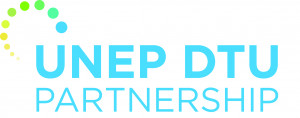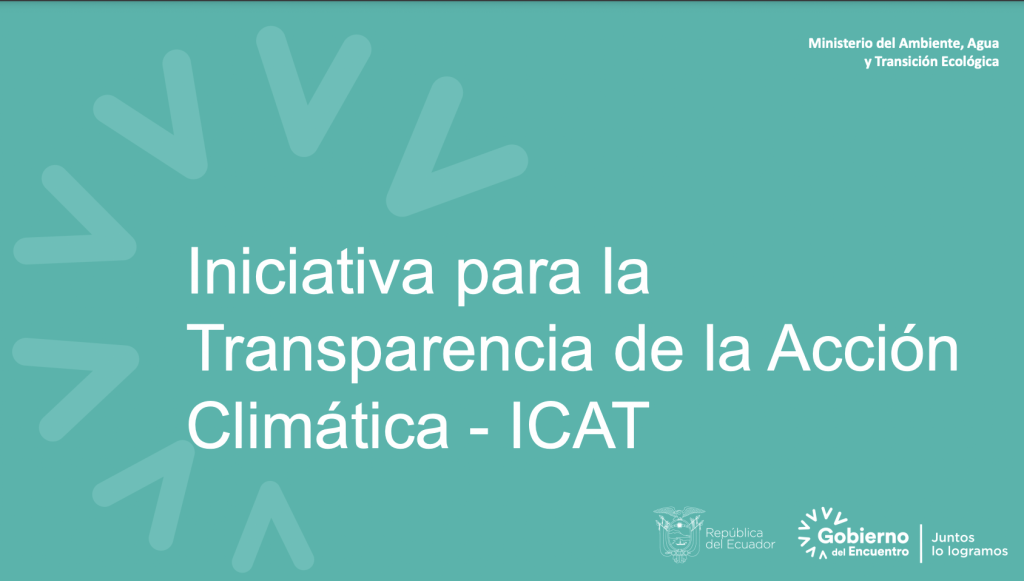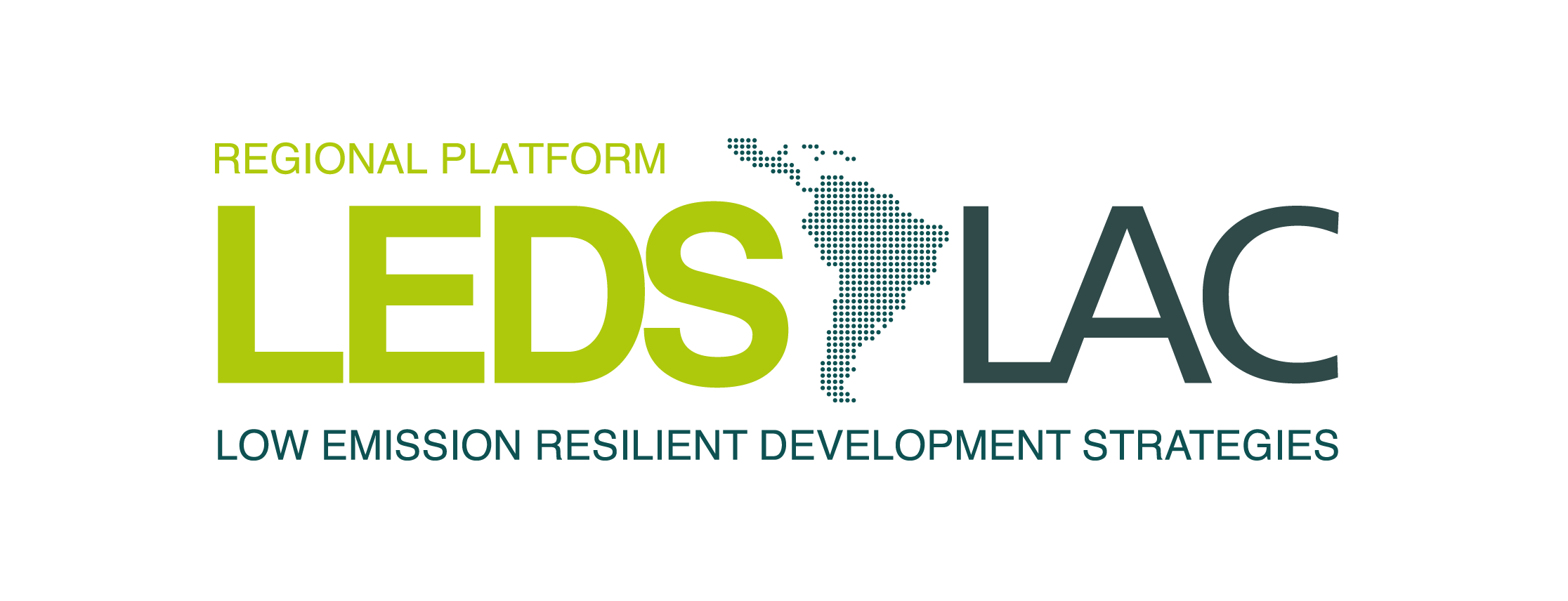Organized by:


Introduction
On Thursday, August 26, 2021, a webinar was held on Technical guidelines for the management of data used in national GHG inventories: Results of the ICAT Ecuador project.organized by the LEDS LAC platform together with the UNEP DTU Partnership (UDP) in the framework of the Initiative for Transparency in Climate Action (ICAT).

The experience of the development of sectoral technical guidelines in Ecuador, presented by Daysy Cardenas, Climate Change Mitigation Specialist at the Ministry of Environment, Water and Ecological Transition of Ecuador and Andres Sarzosa, ICAT Project Coordinator in Ecuador was complemented by Fernando Farias, Senior Advisor of UNEP DTU Partnership, who presented the context on how to continuously improve the quality of data for a correct implementation of the enhanced climate transparency framework of the Paris Agreement.
Context
The Modalities, Procedures and Guidelines (MPDs or MPGs) contain the instructions and requirements necessary to understand how to implement the Enhanced Transparency Framework of Article 13 of the Paris Agreement. The DPMs include guidelines for the preparation of GHG inventories and tracking of Nationally Determined Contributions (NDCs), climate change impacts and adaptation, and support provided and received. With the guidelines, a variety of climate reports can be made in a more transparent and uniform manner and are therefore relevant for NDCs, National Communications (NCs) and Adaptation Communications (ACs).
The issue of data quality, including data quality assurance and quality control (QA/QC), is mainly developed in the description of the characteristics of national inventories (section II.C.6 of the DMP). It is required that the data be quantifiable and reliable, which in turn will be useful for climate decision making in each country. It is not only inventories that require good quality information. According to the Paris Agreement, the different instruments also require the information to be reliable, the results to be transparent and the data to be corroborated. Based on this, the following recommendations emerge:
- In order to ensure the quality of national climate metrics, quality assurance (QA) and quality control (QC) processes must be established to increase the transparency, consistency, comparability, completeness and accuracy of the data. But do not design it thinking only of the GHG Inventory.
- Evaluate how to extend existing institutional arrangements to apply the Inventory's JI/CC to other elements of the transparency framework, an opportunity for collaborative work to engage them in the country's NDC.
The ICAT Ecuador project
The ICAT-Ecuador project arose from the country's need to improve the quality of the information that sectoral institutions, as suppliers, generate for the calculation of the National Greenhouse Gas Inventories (INGEI). The scope includes the sectors Agriculture (for all categories), Industrial Processes (for the category of mineral products), Waste (for all categories) and Energy (for the subcategory of fuel combustion within manufacturing and construction industries). The main results obtained by the project were:
- The participation in the process of 56 public and private organizations that are responsible for generating the information needed to prepare the INGEI.
- The organization of 11 workshops for feedback and capacity building, with a total attendance of more than 350 delegates and heads of sectoral organizations.
- Capacity building in relation to the Paris Agreement's Enhanced Transparency Framework and the 2006 IPCC Guidelines through sector-specific workshops.
- The construction of technical guides for sectorial application (see below), on the collection and delivery of information for the calculation of the INGEI.
- The development of a public policy aimed at systematizing the information necessary for the INGEI and the National Greenhouse Gas Inventory System.
Technical guides for sectorial application
The objective of the technical guidelines for sectoral application is to provide sectoral institutions with a methodological instrument, easy to understand and apply, that will help strengthen knowledge on the information and data needs established in the 2006 IPCC Guidelines for the preparation of national greenhouse gas inventories, in order to improve the collection and management of data to be used in the calculation. A participatory process was followed for the preparation of the guidelines, which began with a diagnosis of the needs for methodologies, procedures and capacity building, followed by a series of workshops to strengthen the competencies of the sectoral collaborators until the sectoral technical guidelines were prepared.
As a result, each sector has a sector guide, which maintains the following structure:
Introductory section
Frame of reference
Methodological proposals and data collection and management procedures.
Uncertainty assessment
A schematic summary of the application of the guidelines is shown below.
Illustration. Schematic summary of the application of the technical guidelines.
(Presentation Climate Action Transparency Initiative- ICAT, Ministry of Environment, Water and Ecological Transition of Ecuador)

The methodological procedure for recording and providing data and information follows a sequence that addresses the different stages:
- Identification of information characteristics;
- Review of methodological needs;
- Collection and storage of information,
- Evaluation and reporting of uncertainty and
- Delivery in the required format and timeframe.
The products resulting from the cooperation with the ICAT project are intended to be shared and used by the different member countries of the initiative, becoming a technical support for activities aimed at increasing climate transparency. These guides will soon be freely accessible through the ICAT website: https://climateactiontransparency.org/
